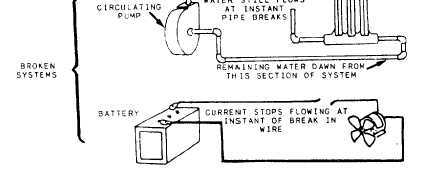Figure 2-3.—Different characteristics of current and water.
broken pipe, but current cannot flow out of a
broken wire. When a wire is broken, the force
of the voltage is removed from the motor,
as shown in figure 2-3. The circulating pump
in the working system creates a force that
moves hot water through the pipes and radiator.
The battery creates a force that moves current
through the wires and causes the motor
to run. The wire and pipe are broken open
in the broken system. In these instances,
the circulating pump forces water to flow
out of the pipe, but even though the battery
still creates a voltage force, current does
not flow out of the wire. You will find
additional information on the basic principles of
electricity in the NEETS, module 1, NAVEDTRA
172-01-00-88, chapter 1.
OHM’S LAW
In the early part of the 19th century, George
Simon Ohm proved by experiment that a precise
relationship exists between current, voltage, and
resistance. This relationship is called Ohm’s law
and is stated as follows:
I = E/R,
where: I = current in amperes,
E = voltage in volts, and
R = resistance in ohms.
As stated in Ohm’s law, current is inversely
proportional to resistance. This means, as the
resistance in a circuit increases, the current
decreases proportionately. In the equation
I = E/R, if any two quantities are known, the
third one can be determined.
NEWTON’S LAWS
Sir Isaac Newton was an English philosopher
and mathematician who lived from 1642 to 1727
A.D. He was the formulator of the basic laws of
2-4




